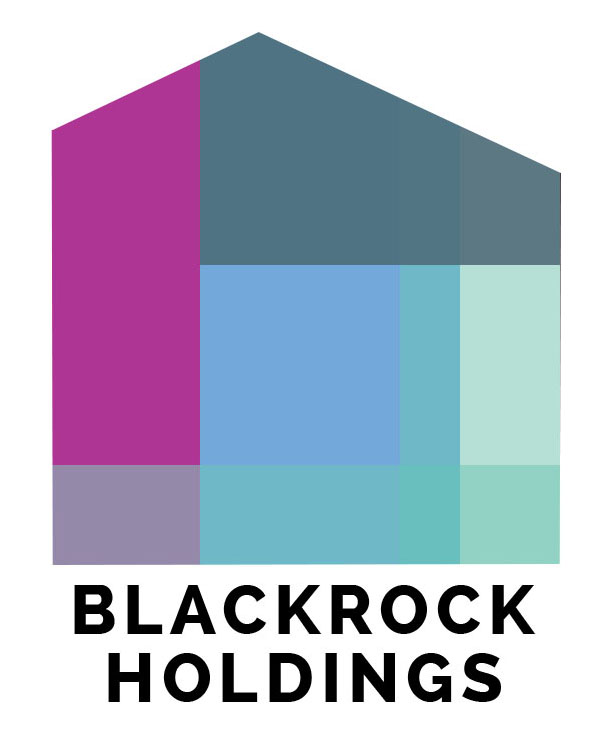This is an ongoing series of blog posts that will explore the world of smart home technology and home automation by explaining the variety of facets currently on the market, paired with our personal experience as we test the products out to further both your and our understanding. To read the other posts in this series, click the ‘Smart Home’ category on the main blog page.
Now that you’ve been given the basics of home automation and smart home equipment, it’s time to delve into some specific technologies that serve as a bridge or gateway to other smart products. One of the most prominent companies in this field is Samsung’s SmartThings division that provides easy access through the SmartThings Hub, which has an ever-growing list of compatible devices from other manufacturers.
The aforementioned SmartThings Hub is basically the brain and heart of the system. The hub is required for connecting any other SmartThings product, but not exclusively necessary for connecting non-Samsung products. All your Amazon Alexa products we’ve touched upon are compatible via voice control when your SmartThings and Alexa apps are connected.
Some of the third-party products that can be routed through the SmartThings Hub include: Amazon Echo and Google Home voice assistants, Netgear and Ring cameras/video doorbells, Schlage and Kwikset smart door locks, ecobee and Honeywell thermostats, Leviton and GE outlets, Bose speaker systems, Aeon Labs and Ecolinks sensors, and a slew of smart lighting including Philips Hue, Cree, Sylvania, Lutron and Belkin.
Take a look at this link for a full list of what Samsung SmartThings can integrate.
Samsung sells a pretty convenient bundle of its various smart devices. While it still remains a bit pricey, the prices have started to come down as other companies expand their electronics into the smart home category.
The various pieces the bundle includes are the hub, a motion sensor, smart outlet and two multipurpose sensors. Additional SmartThings products on the market include water leak sensors and arrival sensors.
A majority of these products are self-explanatory, but others can be used for multiple purposes:
- SmartThings Hub: As explained above, the hub is required for all other SmartThing devices. The hub connects via Ethernet to your Internet source and when recognized by the SmartThings app is able to give you a full readout on all your devices, its battery levels and temperatures throughout.
- SmartThings Motion Sensor: When connected with other third-party products, the motion sensor can connect to home security cameras to alert you with unauthorized movement in your home as well as begin recording video when coupled with a smart camera.
- SmartThings Smart Outlet: This is exactly what it sounds like; plug this into any typical wall outlet and then plug a household electronic into the outlet and you are now able to remotely turn the outlet on or off using the SmartThings app. Perfect for small kitchen appliances or non-smart lighting.
- SmartThings Multipurpose Sensors: These also have a few different uses for smart home monitoring. When installed, these sensors allow you to tell if your doors or windows are open or closed as well as cabinets and drawers. While you aren’t able to remotely close them, you can be alerted if one of the sensors changes while away from home. The multipurpose sensor also detects temperature in any given location.
- SmartThings Water Leak Sensor: With another obvious name, the water leak sensor allows you to monitor locations affected by moisture. Ideal places include under a sink, near a bathtub and even in your basement if you have flooding/seepage concerns.
- SmartThings Arrival Sensor: These are simply a key fob you can attach with your house keys or throw in a purse or backpack. The arrival sensor allows you to program your smart lighting to turn on when within a certain radius or turn off when outside that radius.
With a better general understanding of Samsung SmartThings, you are now more equipped to determine what sort of technology is right for you.
Some people are only interested in home security, while others are more focused on automation and efficiency.
Once you identify what route you want to take you can begin to research specific products that are best for your purpose.
Personally, I prefer the multipurpose sensors that give me the piece of mind that my doors and windows are closed in my apartment as well as the motion detector that I have connected with a pet camera to monitor my dog.
Next post in this series will begin to touch upon the various external third-party items you can connect through the SmartThing Hub, beginning with smart lighting.
If you have any questions on home automation or SmartThings specifically, as always, feel free to reach out.




